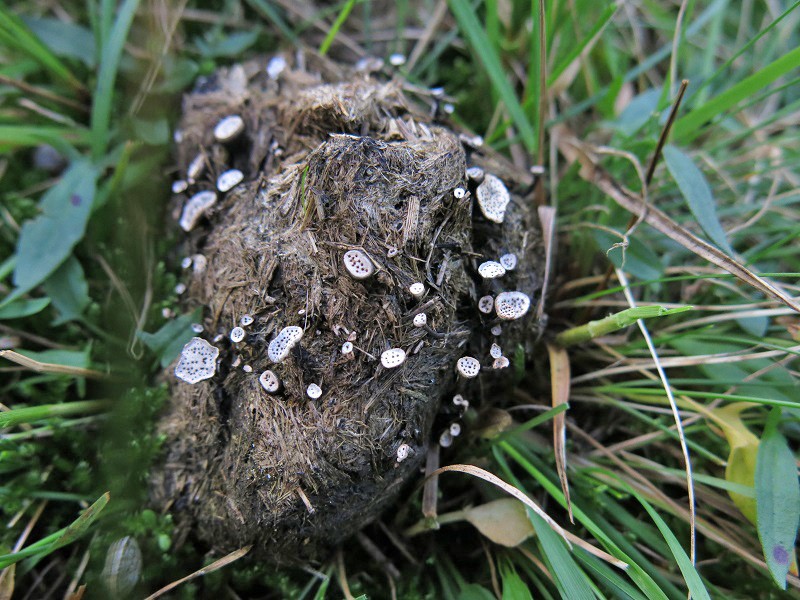Poronia
Scientific name: Poronia
Poronia
Scientific name: Poronia
 , used under CC0 /Cropped and compressed from original
, used under CC0 /Cropped and compressed from original Description
Poronia are intriguing organisms, often found on animal dung in warm regions. They play a specialized role in nature by breaking down tough plant materials present in dung, recycling nutrients back into the ecosystem. Remarkably, poronia produce tiny, black, disk-shaped fruiting bodies that can be spotted easily due to their distinctive shape and coloration. These unique features make poronia an interesting subject for both mycologists and nature enthusiasts.